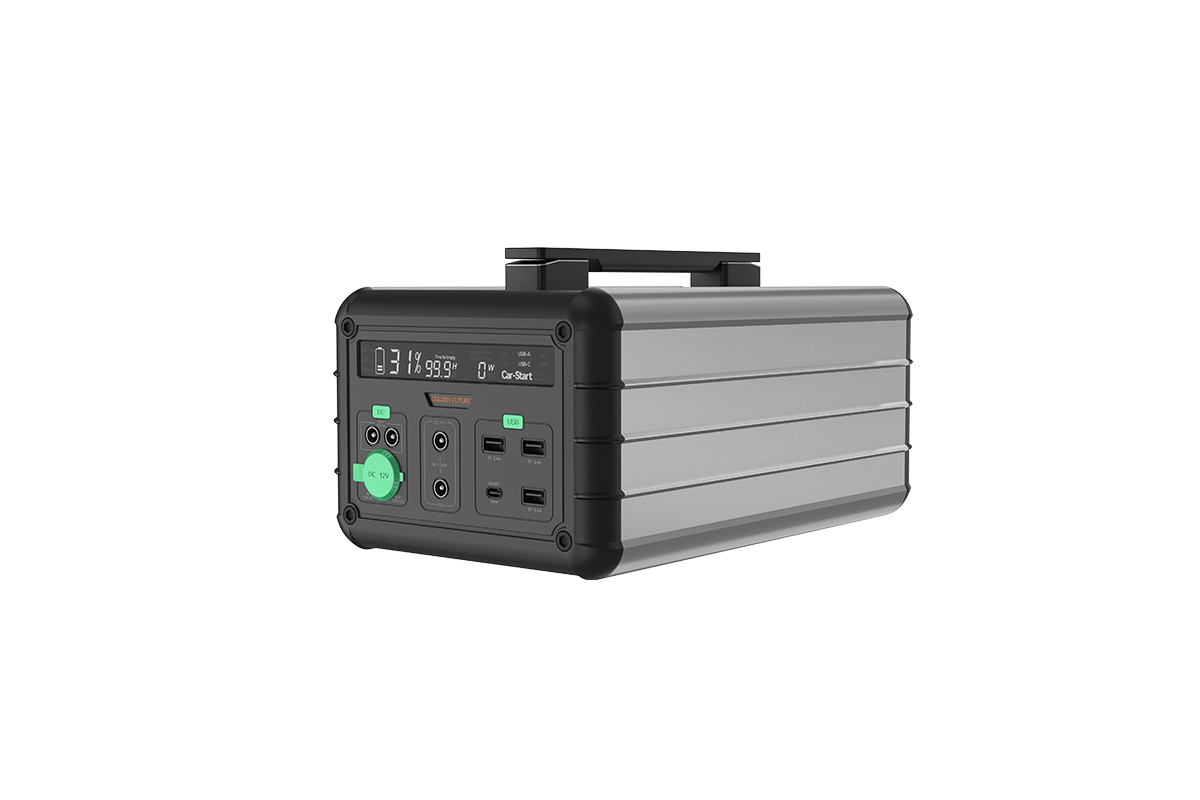

Time:2025-04-23 Views:1

18650 batteries are one of the most commonly used lithium - ion battery types, widely applied in various devices from flashlights and laptops to electric vehicles. Accurately detecting their capacity is essential for evaluating battery performance, predicting its remaining lifespan, and ensuring safe and reliable operation. There are several methods available for determining the capacity of 18650 batteries.
One of the most straightforward methods is the constant - current discharge test. In this method, the 18650 battery is connected to a load with a constant - current discharger. The discharger is set to a specific discharge current, typically within the recommended range for the battery, which is usually specified in the battery's datasheet. As the battery discharges, the voltage across the battery is continuously monitored. The discharge process continues until the battery reaches its cut - off voltage, which is also specified by the manufacturer. By integrating the discharge current over time, the capacity of the battery can be calculated. For example, if a battery is discharged at a constant current of 1A for 2 hours until it reaches the cut - off voltage, its capacity is 2Ah. This method provides a direct and accurate measurement of the battery's available capacity but can be time - consuming, especially for batteries with high capacities.
Another method is the use of battery analyzers. These are specialized devices that can perform a series of tests on 18650 batteries, including capacity measurement. Battery analyzers often use a combination of charging and discharging cycles to determine the battery's capacity. They can apply different charging and discharging profiles, such as constant - current - constant - voltage (CC - CV) charging, which is the standard charging method for lithium - ion batteries. Some advanced battery analyzers can also simulate real - world usage scenarios by varying the discharge current based on pre - programmed patterns. This allows for a more accurate assessment of the battery's capacity under different operating conditions. Additionally, many battery analyzers provide additional information, such as internal resistance measurement, which can give insights into the battery's health and performance.
The open - circuit voltage (OCV) method can also be used as a quick and approximate way to estimate the capacity of 18650 batteries. The OCV of a lithium - ion battery is related to its state of charge (SOC), and there is a certain correlation between SOC and capacity. By measuring the OCV of the battery when it is at rest (after a period of not being charged or discharged), and referring to the battery's voltage - SOC curve provided by the manufacturer, an estimate of the battery's remaining capacity can be obtained. However, this method is less accurate compared to the discharge test or using a battery analyzer, especially for batteries that have been used for a long time or have experienced performance degradation. Overall, depending on the level of accuracy required and the available resources, different methods can be selected to effectively detect the capacity of 18650 batteries.
Read recommendations:
Installation Steps of Lithium - Ion Energy Storage Batteries